By Tim Shively, DNR Forest Health Specialist
Timothy.Shively@wisconsin.gov or 608-772-6974
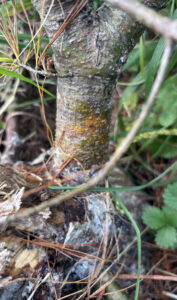
A white pine blister rust canker as seen on a young white pine tree. / Photo Credit: Wisconsin DNR
Eastern white pine (Pinus strobus) has historically held great ecological, cultural and economic value throughout Wisconsin, a tradition which continues today. For more than 100 years, however, it has been threatened by a non-native, invasive fungal pathogen called Cronartium ribicola, or white pine blister rust (WPBR).
Continue reading “White Pine Blister Rust Can Devastate Young Stands”

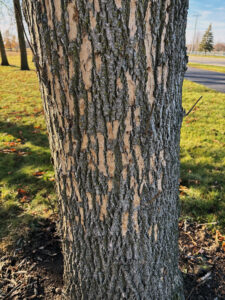
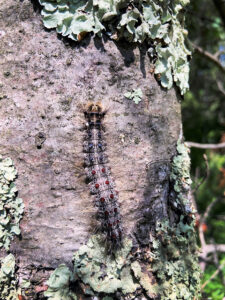
 The Wisconsin Department of Natural Resources (DNR) is accepting seedling orders from Wisconsin landowners for trees and shrubs to be planted in spring 2026, starting Oct. 6, 2025.
The Wisconsin Department of Natural Resources (DNR) is accepting seedling orders from Wisconsin landowners for trees and shrubs to be planted in spring 2026, starting Oct. 6, 2025.
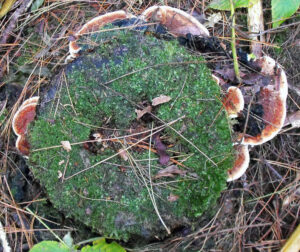
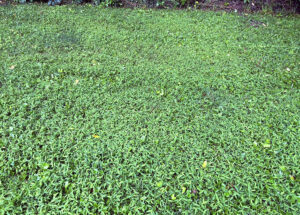

 The DNR’s Reforestation Program needs red and white pine cones – more specifically, we need the seeds found within those cones for our reforestation needs. The Reforestation Program produces millions of pine seedlings every year at the Wilson State Nursery in Boscobel, and the only way we can produce those seedlings is with seed collected from the fields and forests of Wisconsin.
The DNR’s Reforestation Program needs red and white pine cones – more specifically, we need the seeds found within those cones for our reforestation needs. The Reforestation Program produces millions of pine seedlings every year at the Wilson State Nursery in Boscobel, and the only way we can produce those seedlings is with seed collected from the fields and forests of Wisconsin.  *These training opportunities are provided as an information service only and do not constitute an endorsement from the Wisconsin Department of Natural Resources (DNR).
*These training opportunities are provided as an information service only and do not constitute an endorsement from the Wisconsin Department of Natural Resources (DNR).